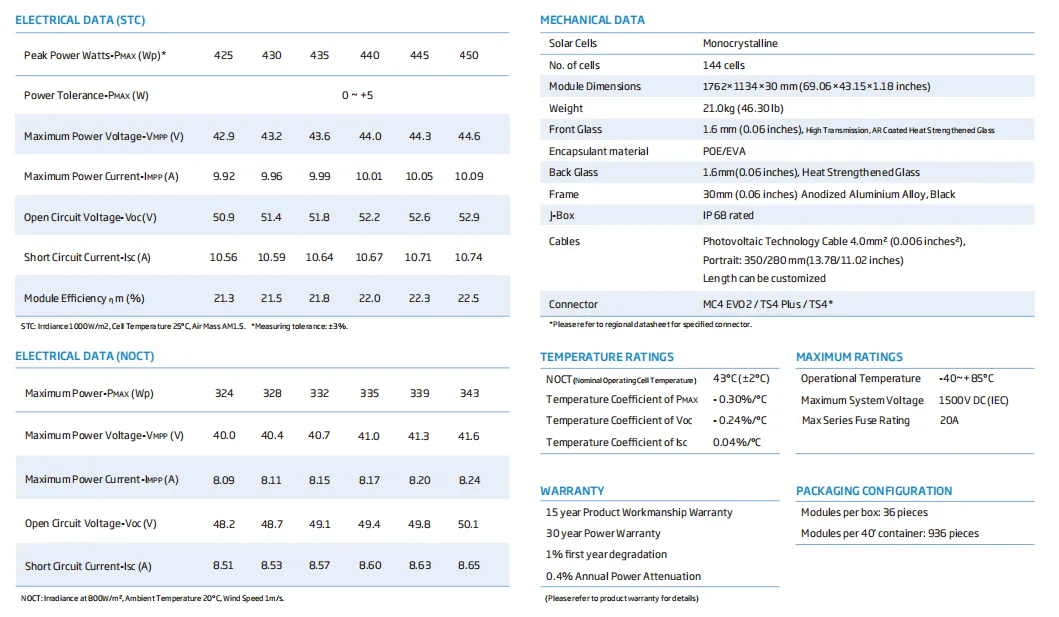Understanding the Benefits of Grid-Tied Inverters for Efficient Energy Use
Understanding Tie Grid Inverters The Heart of Renewable Energy Integration
As the world pivots towards sustainable energy solutions, tie grid inverters have emerged as a crucial technology in the effective integration of renewable energy sources, particularly solar and wind power, into existing electrical grids. These sophisticated devices serve as a bridge, ensuring that the energy generated from renewable sources is synchronized with the utility grid, thus making it both usable and efficient.
What are Tie Grid Inverters?
Tie grid inverters, often referred to simply as grid-tie inverters, are electronic devices that convert direct current (DC) generated from renewable sources into alternating current (AC) that is compatible with the electrical grid. In essence, they play a pivotal role in connecting solar panels or wind turbines to the grid, allowing homeowners and businesses to utilize renewable energy while also feeding excess energy back into the grid.
How Do Tie Grid Inverters Work?
The fundamental operation of a tie grid inverter involves several critical steps. First, the inverter receives the DC power produced by solar panels or wind turbines. Then, it converts this DC power into AC power that matches the voltage and frequency of the grid, which is generally 60 Hz in the United States and 50 Hz in many other parts of the world.
Moreover, grid-tie inverters employ sophisticated algorithms to synchronize the output with grid conditions, ensuring seamless integration. They also come equipped with safety mechanisms, such as anti-islanding protection, which ensures that when the grid goes down, the inverter also shuts off to prevent any back-feeding of power, protecting utility workers and equipment.
Advantages of Using Tie Grid Inverters
1. Cost Efficiency One of the significant advantages of grid-tie inverters is their cost-effectiveness. By enabling energy users to sell excess power back to the grid, they can effectively offset their electricity costs.
tie grid inverter

2. Simplicity and Low Maintenance Unlike off-grid systems, tie grid systems are generally simpler to install and maintain. They do not require batteries, as they use the grid as a virtual battery, thus eliminating battery maintenance and replacement costs.
3. Environmental Benefits By facilitating the generation and use of clean energy, tie grid inverters contribute significantly to reducing carbon footprints and reliance on fossil fuels, promoting a more sustainable energy landscape.
Challenges and Considerations
Despite their benefits, tie grid inverters do come with certain challenges. For instance, they are unable to function during power outages; this limitation means that individuals reliant on them for backup power will require additional systems, such as battery storage or a generator.
Moreover, the effectiveness of grid-tie inverters can be influenced by local regulations, utility policies, and grid stability. Users should be aware of any incentives available for renewable energy installations in their regions, which could enhance the financial viability of such systems.
The Future of Tie Grid Inverters
As technology continues to evolve, the performance and functionality of tie grid inverters are likely to improve. Advances in smart grid technologies, energy storage solutions, and artificial intelligence could lead to even more efficient inverter designs that can better optimize energy flows and enhance grid stability.
In conclusion, tie grid inverters represent a critical component of the modern energy landscape, facilitating the transition to renewable energy sources. Their ability to integrate with the existing grid allows for greater energy independence and environmental sustainability. As we move forward, the continued adoption and innovation of tie grid inverter technology will be essential in achieving a cleaner and more sustainable energy future.
-
String Solar Inverter: The High-Efficiency Solution for Smart Solar EnergyNewsJul.14,2025
-
Revolutionizing Rooftop Energy with the Power of the Micro Solar InverterNewsJul.14,2025
-
Power Independence with Smart Off Grid Solar Inverter SolutionsNewsJul.14,2025
-
On Grid Solar Inverter: Powering the Future with Smart Grid IntegrationNewsJul.14,2025
-
Monocrystalline Solar Panels: High-Efficiency Power for the Future of Clean EnergyNewsJul.14,2025
-
Bifacial Solar Panel: A Smarter Investment for Next-Generation Energy SystemsNewsJul.14,2025







